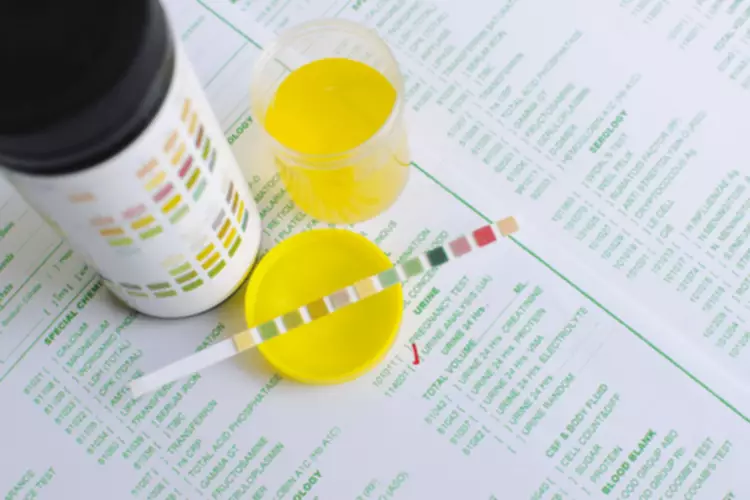
Pregnant people with untreated opioid use disorder who do not receive appropriate prenatal care are at increased risk of serious and potentially fatal pregnancy complications. Opioids are involved in the majority of deaths in the drug overdose crisis in the United States. Semi-synthetic opioids, such as heroin and the pain relievers oxycodone, hydrocodone, and oxymorphone, are made in laboratories by chemically processing natural opioids. Long-term use can make it difficult to stop taking opioids without support — but you do have options for treatment, so you don’t have to manage your symptoms on your own.

State Rehab Guides
The sooner you get medical attention, the better your chances of avoiding permanent brain damage or death. Heroin and prescription opioids tend to bond primarily with MORs, so using these types of opioids may increase your risk of dependence or addiction. Β-endorphin is expressed in Pro-opiomelanocortin (POMC) cells in the arcuate nucleus, in the brainstem and in immune cells, and acts through μ-opioid receptors. Β-endorphin has many effects, including on sexual behavior and appetite.
The Healing Power of Animal-Assisted Therapy in Mental Health Treatment

Patterns of symptoms resulting from substance use (drugs or alcohol) can help a doctor diagnose a person with a SUD or SUDs and connect them to appropriate treatment. Healthcare professionals frequently prescribe opioids for pain after surgery. If your doctor has given you pain medication to help your recovery, you may wonder about your risk of OUD.
NIDA supports research on opioids and the overdose crisis
You may need medications that help ease the withdrawal symptoms and control your cravings. Two medications often recovery from opioid addiction used to manage withdrawal symptoms are methadone and buprenorphine. These two medications work on the same brain center as do opioids, but they don’t provide the euphoria or high that opioids give. Methadone is generally given in a clinic setting, either in-person or on an outpatient basis, while buprenorphine can be taken at home with a prescription. However, opioid use disorders, including opioid addiction, are chronic medical conditions.
Treating pain after opioid addiction: A personal story

Synthetic opioids (fentanyl, methadone) are completely developed through a chemical process. Semi-synthetic opioids (oxycodone, hydrocodone and hydromorphone) have chemical changes made to the original opium plant. Naloxone is an opioid antagonist, meaning it binds to opioid receptors but does not produce the high or Drug rehabilitation the dangerous side effects. What makes naloxone useful is that it binds to opioid receptors more strongly than heroin or any prescription opioids.
- With technological advances, online counseling, telehealth and teletherapy services are becoming more common and effective forms of mental health treatment.
- Anthony has surrounded herself with positive influences and now works to rebuild fractured relationships.
- Use of this website and any information contained herein is governed by the Healthgrades User Agreement.
- You may also consider borrowing money from a family member or taking out a personal loan to finance rehab.

Counseling and psychosocial support may also provide additional benefit for some patients. Physical dependence is the physiological adaptation of the body to the presence of a substance, in this case opioid medication. Physical dependence is a normal and expected aspect of certain medications and does not necessarily imply that the patient is addicted. When medications are used to treat opioid withdrawal, they themselves do not cause withdrawal due to the small doses that decrease over a short period of time.
Medication
For more information on evidence-based guidelines visit Addiction Medicine Primer. Individuals with primary opioid use also used for an average of 8.4 years before resolving their problem, compared to 21.9 years among those reporting primary alcohol use. Opioids can provide powerful pain relief and sedation, which makes them essential for treating severe pain, such as cancer-related pain or pain after major surgery.
Tolerance is a physiologic process where the body adjusts to a medication that is frequently present, usually requiring higher doses of the same medication over time https://ecosoberhouse.com/ to achieve the same effect. It is a common occurrence in individuals taking high doses of opioids for extended periods, but does not predict any relationship to misuse or addiction. You can reduce your risk of dangerous side effects by following your doctor’s instructions carefully and taking your medicine as prescribed.
- Semi-synthetic opioids (oxycodone, hydrocodone and hydromorphone) have chemical changes made to the original opium plant.
- Just keep in mind that they can cause side effects, like most other medications.
- The opioid “fentanyl” was involved in more than 20,000 of those fatalities.
- Stronger antiemetics such as ondansetron or tropisetron are sometimes used when nausea is severe or continuous and disturbing, despite their greater cost.
- The drugs go directly into the blood- stream and then into the central nervous system.
Treatment of Opioid Use Disorder
The term “opioid” is often used inter- changeably with the term “opiate,” but this isn’t always correct. Opiate refers specifically to naturally occurring drugs that come from the opium poppy plant. As we wrap up this exploration of opioid addiction recovery, it’s important to remember that while the journey may be challenging, it’s also filled with hope and possibility. Recovery is not just about abstaining from drugs; it’s about reclaiming one’s life, rediscovering passions, and building meaningful relationships.
